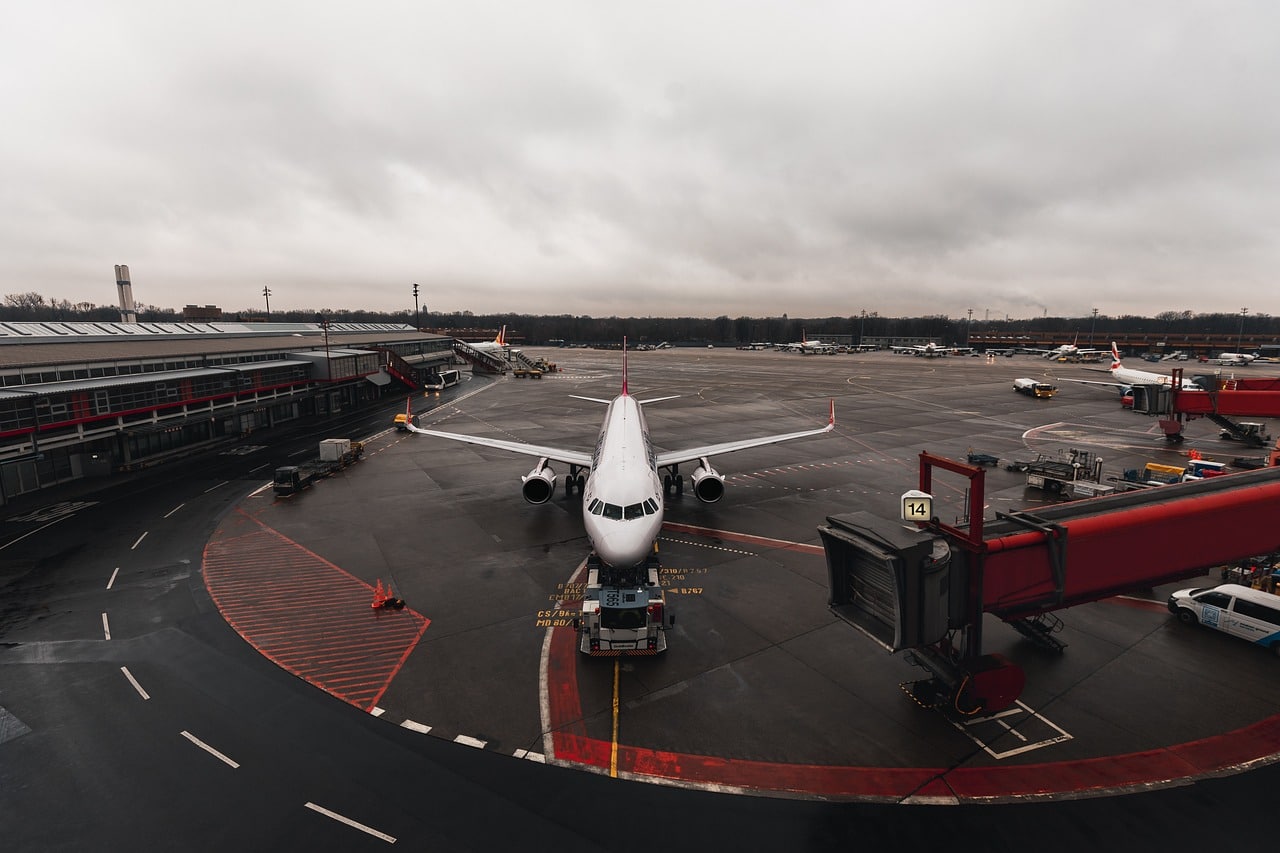
An airport is a terminal that makes air traffic possible.
An airport is a station or terminal located on flat land that has runways , facilities and services for aircraft traffic . Airports allow passenger or cargo aircraft to take off and land, in addition to providing fuel and maintenance.
The most important airports have several paved runways more than a kilometer long, auxiliary streets, warehouses, maintenance hangars, boarding terminals and parking aprons . There are, however, smaller airports whose runways have been delimited on the ground itself.
The area control center is one of the most important sectors of an airport. Air traffic controllers work there, who must direct and manage the movement of aircraft to avoid crashes and other accidents .
Construction of an airport
The construction of an airport is complex and must address various factors. The weather conditions of the region in which they are located are decisive since planes must be particularly careful with the winds when taking off or landing. It is common for airports to be built far from urban centers, for security reasons.
Beyond the safety of air traffic itself (to prevent planes from colliding or falling to the ground), airports must address other issues, especially regarding the movement of passengers. After the attacks of September 11, 2001 , airport security has been considerably reinforced to prevent new terrorist groups from seizing planes in mid-flight and using them as weapons. Baggage control has also become stricter and more meticulous, with new and more advanced detectors that analyze the contents of suitcases in detail.

An airport has the necessary infrastructure and services so that people can travel by airplane.
More advanced terminals
Kansai International Airport, Osaka (Japan)
As is often the case with Japanese creations, this airport surprises from the beginning due to the ingenuity and the peculiar use of the resources that were necessary for its construction, since it is supported on an artificial island , connected to the land through a 3-meter bridge . kilometers of extension.
Its anti-seismic technology provides the structure with a much-needed degree of security in the land of the rising sun, so often punished by nature and forced to rebuild. During the strong earthquakes of 1995 and 1998, which claimed thousands of victims and left behind regrettable damage, the airport remained intact.
Barajas Terminal T4, Madrid (Spain)
It is one of the largest constructions in the history of the European continent, as well as one of the most expensive. In addition, it is an airport that shows a commitment to the environment , since it promotes the saving of electrical energy through the incorporation of solar panels. The architect responsible for this creation is Richard Rogers , a native of Florence ( Italy ), and his work earned him the Stirling Prize .
Its construction took more than nine years and was supported by an investment of more than 6 million euros. The terminal extends over an area of more than 785 thousand square meters and is capable of serving more than 70 million passengers. Thanks to its numerous innovations and sophisticated structures, this airport is among the most prestigious in the world.
Pudong Airport, Shanghai (China)
It was inaugurated in 1999 with the purpose of replacing the old international airport in the same city . It is a large airport, capable of accommodating more than 80 million passengers. It was created by the architect Paul Andréu , originally from France .
Among the amenities offered by Pudong airport is a commercial train that connects its terminal with the city center, a journey that travels at a maximum speed of 431 kilometers per hour.
